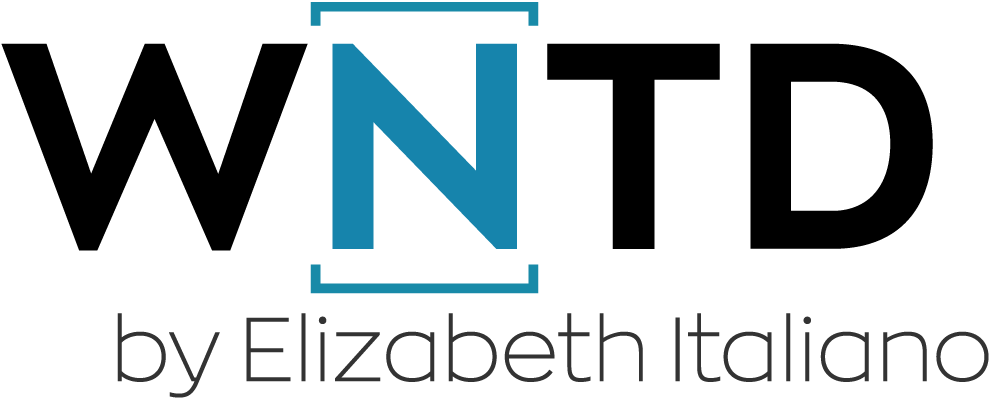A common question that I get asked is how to conduct capacity planning for Customer Success Managers. It’s a great question to be asking and something that all CS leaders should be thinking about.
I also almost always get asked a follow-up question on this topic: “I’m told that an industry best practice is that each CSM should be managing $2 million in ARR. Is this a good rule to follow?” I’m glad to be asked about this, and I will share my thoughts (based on my experience) a little further in this post.
First, I am going to share with you my framework for bottoms-up capacity planning. I’ve broken down the model I’ve used below:
Step One: Define or Refine Your Customer Segments
Review your customer base and determine/confirm your customer segments. These customer segments need to be well-defined. My general recommendation is that segmenting can be done by use case & needs, company size, goal alignment, potential, industry, etc. Determine what segmentation method is best for your business and your customers. Try and define 3 segments max so it’s manageable and scalable to implement. Too many segments make it unnecessarily complex and unscalable. After your segments are defined, calculate the average ACV for each one so that you have an understanding of the current revenue value.
Step Two: Determine Your Customer Engagement Framework
Once your segmentation is determined, you can decide on a customer engagement framework and contact cadence. For example, will one of your segments require high frequency 1:1 communication with weekly or bi-weekly calls? And will another be highly digital and require scaled customer success with 1:1 communication on an as-needed basis?
Map out the activities that will be required in a RACI matrix (which stands for Responsible, Accountable, Consulted and Informed). From there, allocate the estimated time required for each activity.
Step Three: Determine Your Coverage Model and Effort Required
This is essentially deciding how much time a CSM will need for each account. You’ll also need to look at your average annual contract value (ACV) and determine how much ACV a CSM can realistically cover within each segment based on your targeted engagement framework
Now for that much-discussed advice that CSMs should be able to cover $2 million in revenue. In short, following this ‘rule’ has the potential to lead many down a path of CSMs being over capacity and customers not adequately covered. It’s a model that often fails to translate well into the real world of today’s CS organizations and customers’ needs, especially when you take Ideal Customer Profile (ICP) coverage and potential growth into consideration. Consider this example:
Let’s say your average annual contract value across your customer base is $30,000, and you have three tiers. Let’s say tier 2 is made up of mid-market customers who are within your ICP. The average ACV of Tier 2 is $15,000 and has expansion growth potential. This tier is also a good fit for your product. This is a segment that needs to be protected, renewed, and grown. They require a combination of 1:1 communication on a monthly basis with approx 1-hour calls/video conferences, as well as 1:Many communication to augment the time between the 1:1 communication. If you apply the 2 million dollar rule, one CSM would end up with 133 accounts (2 million divided by $15,000), which is not manageable or sustainable for the CSM, customer, or business for a segment that has a high 1:1 level of engagement.
Let’s look at why it’s not manageable. Based on a 40-hour work week, there are 160 work hours in a month. In addition to that, there is a realistic utilization to take into consideration, meaning that all of those 160 hours are not customer-facing. There are internal meetings, admin work, prep, vacation, and so on.
In this scenario, 133 of those hours are on 1:1 calls (approx 83% of work hours). That doesn’t count prep time for calls, onboarding, emails, planning for renewals, internal meetings, etc. The 2 million ARR dollar rule does not work in this scenario.
If your analysis is giving you these kinds of numbers, you need to go back to your segmentation and engagement model, re-prioritize your customer base, and identify ways to scale, or you need to hire more CSMs.
It’s important to balance the needs of the customer base with the economics of the business to ensure your cost to serve is not too high and that you can deliver on your targets and quota.
However, the point remains that blindly allocating books of business to CSMs based on the $2 million dollar ARR rule does not always translate into a viable reality. The ARR could be higher or lower.
It also doesn’t factor in potential growth.
In addition to segmenting by current ARR, you want to consider customers who are a great fit for your product and have a lot of expansion growth potential to a higher ARR. For example, if you have a Mid-Market customer who is currently at $10K ARR but has the potential to grow to $60K or more through cross-sell and upsell, then you’d want to make sure that they were in the appropriate tier as opposed to a lower tier so they can be nurtured appropriately.
It’s imperative to do a whitespace analysis and evaluate the potential ARR and value of a client. Otherwise, you may be putting a renewal at risk and leaving expansion growth revenue on the table, which really hurts your Customer Lifetime Value.
As mentioned, and worthy of a reminder, it’s also important to consider that CSMs likely do not have 40 hours each week to dedicate to direct client calls and work. They will likely have other tasks, projects, internal meetings, vacations, holidays, etc. The realistic capacity for available customer time is 70% to 80% of hours in a work week. This is also referred to as the utilization rate.
I hope this helps answer the question of the $2M ARR rule.
While I understand where the $2M ARR rule came from and coverage does indeed need to make economic sense, it’s not as simple as applying that calculation.
Back to the steps of capacity planning:
Step Four: Look at Current Customer Volume and Forecasted Customer Volume:
In order to create a hiring forecast and ensure you don’t get to a point of being understaffed and behind the proverbial eight-ball, look at your current customer volume, predicted churn, and sales forecast and build a capacity and hiring plan around that forecast. On the other hand, if you find yourself in the unfortunate position of having low growth and a high rate of churn, you will want to use this data to make adjustments. This could come in the form of moving some accounts to a scaled CS engagement journey and/or reducing CSM head count.
Step 5: Revenue and Pipeline Management Responsibilities
If your CS team has revenue responsibilities, you will also need to consider the capacity required for these activities. For this component, you will need to analyze your sales and renewal pipeline to understand the volume and value of potential deals at various stages of the sales process. Assess the conversion rates and average deal sizes associated with each stage to estimate the potential revenue contribution of each CSM.
Make any notes of revenue-related activities that you may have missed when you started filling in your RACI in step two. Add these to the RACI along with the estimated time allocation. You’ll want to include forecasted growth and churn from the existing customer base as well.
Also, if your CS team is not experienced and trained in managing renewals or expansion sales, it’s important to take into account their ability to generate leads and close deals. You may even need to consider a ramp period. This will also allow you to assess realistic revenue targets for your team.
Armed with this data you can now model your capacity requirements:
It’s important to note that the above calculation assumes that CSMs are not responsible for onboarding. If they are, that has to be taken into account as well. To do so, simply add a line item for customers in onboarding and factor in all of the same components for onboarding customers.
Step 5: Pressure Test Against Top-Down Targets and Capacity Requirements
Top-down capacity planning is a strategic approach that involves forecasting future resource requirements based on overarching business goals and objectives. Unlike the bottom-up method we’ve been discussing, top-down planning begins with the end goal in mind and works backward to determine the necessary resources to achieve it.
This is a critical step as it brings your bottom-up planning, customer engagement strategy, and revenue management planning into the reality of your business’s demands. This is how you assess whether your tactical plan is aligned with your business’s goals and whether it will help you achieve them.
If you don’t pressure test from a top-down perspective and partner with finance on your budgeting and on things such as revenue per headcount and cost per headcount, you could be trying to fit a square peg in a round hole.
Step 6: Monitor and Iterate.
Continuously monitor key metrics and performance indicators to assess the effectiveness of resource allocation. Make adjustments as needed to optimize resource utilization and drive continuous improvement.
Now that you have a model, you can look at budgeting and plan your CSM coverage with this framework and data. You can base decisions on data, the current reality you are operating in, and what is needed to achieve your goals. What questions do you have on Capacity Planning? If you’d like to discuss capacity planning further, reach out.




